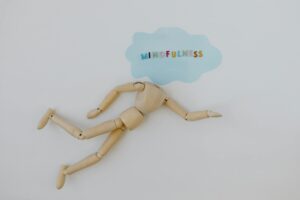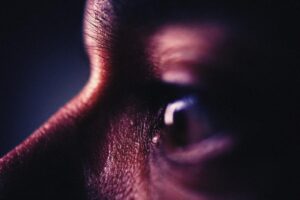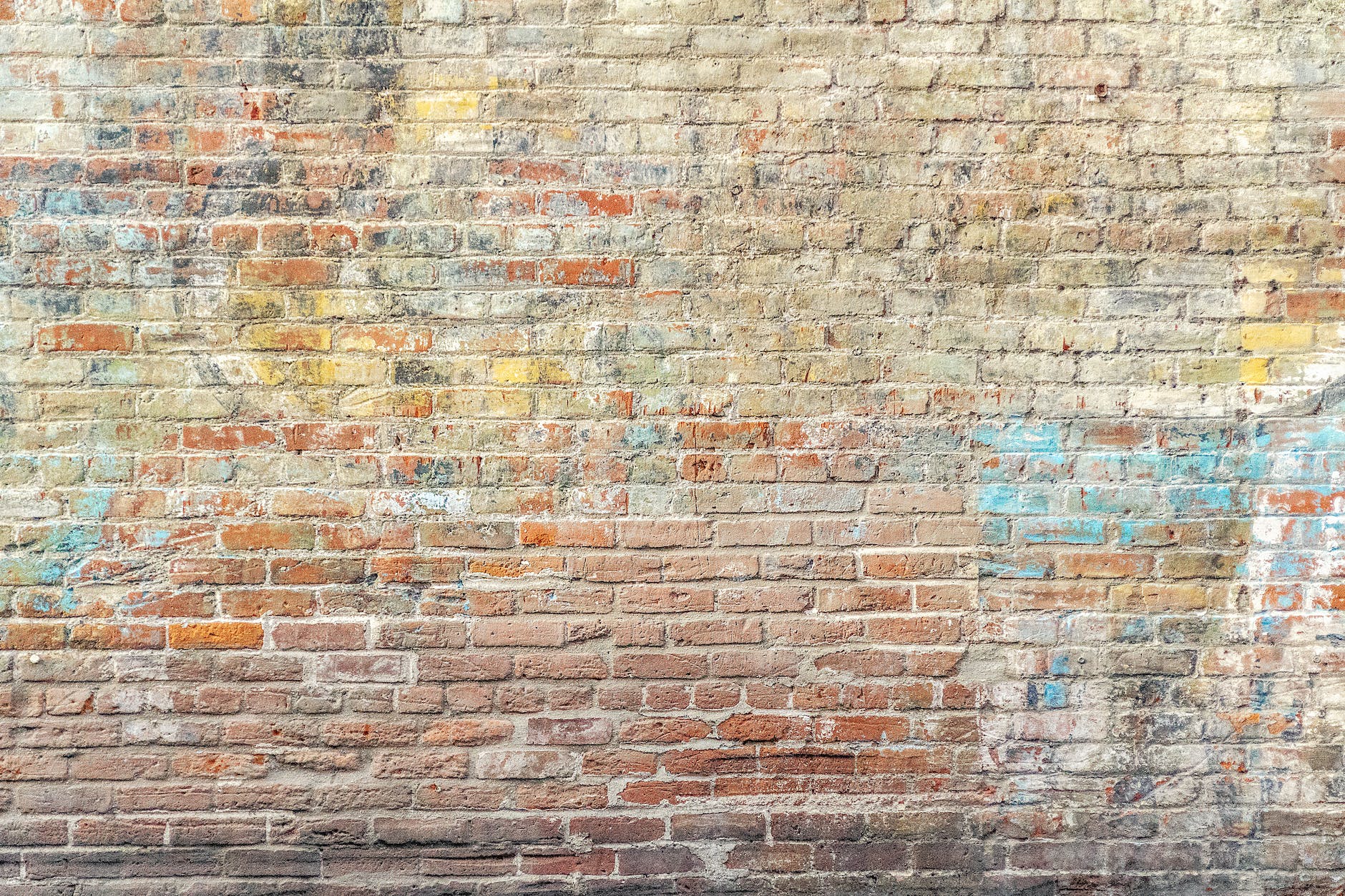Psychedelic art, widely recognized for its bold colors, elaborate patterns, and abstracted forms, is not just a visually enticing art form. It’s a potent medium for expression and communication. It’s a platform where artists can channel their inner thoughts, views, and spiritual experiences in a visual and symbolic manner.
The term psychedelic art gained prominence during the 1960s as an offshoot of the psychedelic movement, which was strongly associated with the counterculture and the use of psychedelic substances. This unique genre of art emerged as a dynamic and vibrant platform for expression, communicating different states of consciousness, striving to represent the indescribable world of the senses and thought experienced during a psychedelic episode.
Psychedelic art manipulates colors, patterns and abstraction as elements of such visual representation. The range of colors employed is often vivid and contrasts sharply with natural tones. These colors are used in a way to provoke a sensory response from the viewers, thus enabling the communication of ideas that may transcend verbal language. The other significant aspect is patterns, typically exotic and intricate, that add layers of depth and meaning to the work.
Themes explored in psychedelic art extend far beyond the mundane. They delve deep into the realms of mysticism, alternate consciousness states, and profound spiritual and philosophical ideas, which have their roots in the human experience. Frequently manifested as visionary art, these pieces serve as a portal to engage with and express the intangible aspects of human consciousness, which can often be difficult to encapsulate through words alone.
With the advent of modern technology, psychedelic art has transitioned into the digital world, expanding its palette and techniques. The creation of digital art allows artists to infinitely manipulate imagery and to include other multimedia elements, providing them an entirely new dimension for their expression. This evolution from traditional mediums has further enhanced the universality of psychedelic art and its potential of being a bridge for communication.
Psychedelic art is as much about the observer as it is about the artist. Its interpretation is largely subjective, meaning that the exact communication intended by the artist may not be the same as the one perceived by the viewer. However, this is not considered a drawback but a strength of the genre. It’s an invitation for viewers to engage, speculate and debate about the symbolism reflected in the artwork, further extending its communicative reach.
While psychedelic art can be seen as a reflection of our striving for deeper understanding and communication, it is also a statement on our ability to perceive reality in different ways. Its strong emphasis on symbolism urges us to take a more explorative view of the world, to see beyond surface-level interpretations and to understand the continuities and diversities of human experiences.
In conclusion, psychedelic art is much more than a showcase of vivid visuals and abstract motifs. It’s a tool for expression and communication, a conduit through which artists can present their nuanced perspectives on the world and viewers can explore alternate realities. This genre, with its signature aesthetics and profound symbolism, encapsulates the inexpressible, challenging us to perceive, understand, and communicate in unconventional ways.
References:
1. Psychedelic Art – Tate
2. Visions – Alex Grey
3. Digital Art – IAMAG.CO






